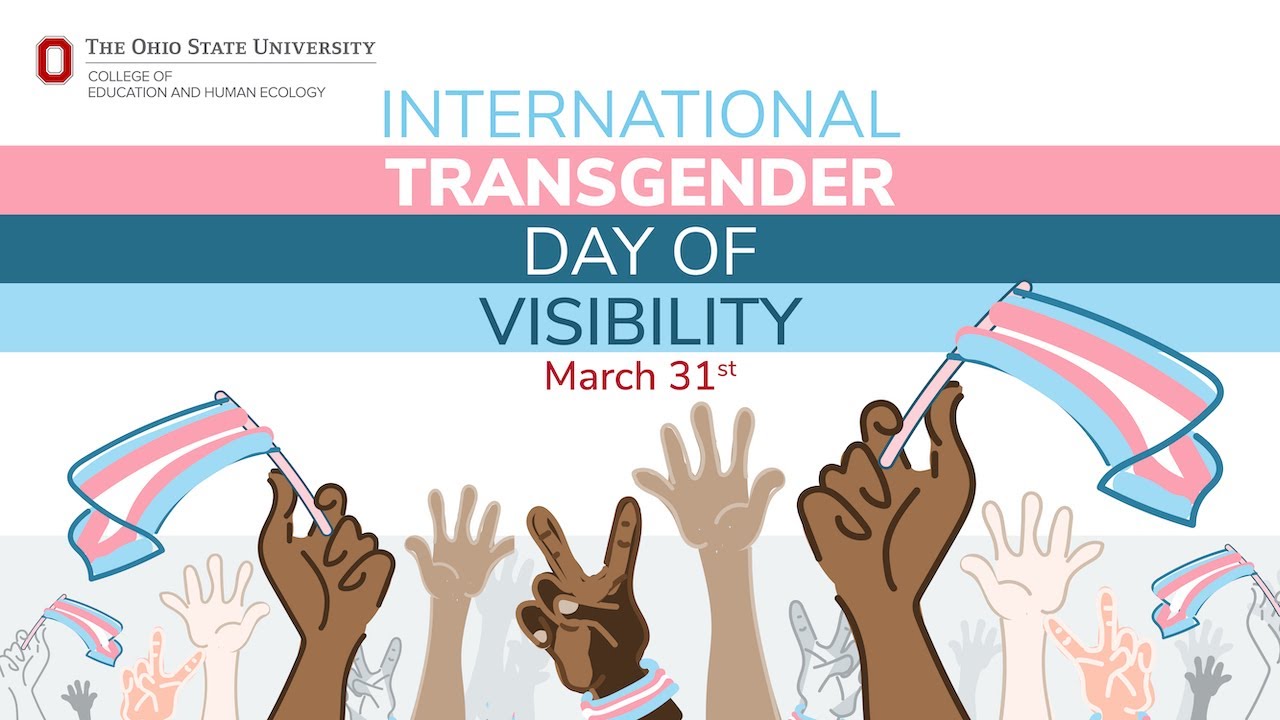Elizabeth Line Accessibility: Addressing Wheelchair User Gaps

Table of Contents
Step-Free Access Challenges on the Elizabeth Line
Step-free access is fundamental to accessible transport, yet inconsistencies remain across Elizabeth Line stations. Many wheelchair users face significant hurdles in navigating the network due to incomplete or poorly implemented step-free routes. This impacts not only their ability to use the line but also their overall independence and freedom of movement within London.
-
Specific Stations Lacking Full Step-Free Access: While many stations advertise step-free access, a detailed audit reveals several where this is not consistently delivered between platforms and exits. For example, transferring between lines or accessing particular exits can still require navigating steps, rendering the advertised "step-free" status misleading for wheelchair users. This necessitates careful route planning and often involves longer journey times.
-
Impact on Journey Times and Route Planning: The lack of complete step-free access significantly increases journey times for wheelchair users. They may be forced to take alternative, longer routes involving changes and potentially less accessible connections. This impacts their ability to reliably plan journeys and can lead to delays and added stress.
-
Unexpected Obstacles in "Step-Free" Routes: Even on routes advertised as step-free, wheelchair users often encounter unexpected obstacles. These can include narrow doorways, steep ramps exceeding accessibility guidelines, and poorly maintained lifts. These seemingly small issues can create major barriers and negatively impact the experience.
-
Passenger Volume and Navigation Difficulties: The high passenger volume on the Elizabeth Line, particularly during peak hours, exacerbates accessibility challenges for wheelchair users. Navigating crowded platforms and trains with a wheelchair becomes significantly more difficult, increasing the risk of accidents and delays.
Issues with Platform Gap Sizes and Train Boarding
Consistent platform gap sizes are vital for safe and easy boarding for wheelchair users. Variability in gap sizes across different Elizabeth Line stations presents a major challenge. This inconsistency means that boarding assistance is not always consistently effective or even available.
-
Variability in Platform Gap Sizes: The differing gap sizes between the train and platform at various stations necessitate differing boarding assistance methods, leading to inconsistency and potential delays. Larger gaps require more extensive ramps or bridging, which can be slow and cumbersome.
-
Effectiveness of Current Boarding Assistance: While boarding assistance is provided, its effectiveness varies considerably. Waiting times for assistance can be long, especially during peak hours, and the quality of assistance offered can be inconsistent. Improved training and resourcing are needed to provide a reliable and efficient service.
-
Train Design and Wheelchair Accessibility: The design of the Elizabeth Line trains themselves also plays a crucial role in accessibility. While efforts have been made to improve space allocation for wheelchairs, some users report difficulty with maneuvering within the carriage, especially during peak hours. Improved design considerations could significantly alleviate these issues.
-
User Experiences and Feedback: Feedback from wheelchair users consistently highlights difficulties with boarding, particularly relating to inconsistent gap sizes, insufficient boarding assistance, and limited space within the carriages. This underscores the need for user-centered design and improvements to address these issues directly.
Communication and Information Gaps for Wheelchair Users
Clear and accessible information is crucial for wheelchair users to plan and navigate their journeys effectively. However, gaps exist in the clarity and accessibility of information provided by the Elizabeth Line.
-
Accessibility Information on Website and App: While the Elizabeth Line website and app provide some information on accessibility, the clarity and ease of access for users with disabilities could be significantly improved. Information should be clearly signposted and presented in an accessible format, taking into account diverse needs.
-
Effectiveness of Signage Within Stations: Signage within stations often lacks sufficient detail or clarity for wheelchair users. Improved wayfinding signage, using clear visual cues and accessible fonts, is crucial for independent navigation.
-
Need for Real-Time Updates on Accessibility Disruptions: Real-time updates on any accessibility disruptions, such as lift malfunctions or closures, are vital to enable wheelchair users to plan alternative routes and avoid unnecessary delays or inconvenience. This should be integrated seamlessly into the Elizabeth Line app and website.
-
Improvements to Communication Strategies: Proactive and targeted communication strategies are necessary to ensure timely and accurate information is readily available to wheelchair users. This could involve email alerts for planned closures or disruptions, integration with accessibility apps, and more prominent signage.
Staff Training and Passenger Assistance
Comprehensive staff training is paramount to ensuring effective passenger assistance. Current levels of disability awareness training appear insufficient, leading to inconsistencies in the support provided to wheelchair users.
-
Comprehensive Disability Awareness Training: All Elizabeth Line staff need comprehensive training in disability awareness and how to effectively assist passengers with disabilities, including wheelchair users. This training should cover practical skills, such as safe wheelchair handling techniques and effective communication strategies.
-
Availability and Effectiveness of Passenger Assistance Programs: While passenger assistance programs exist, their effectiveness varies widely. Increased staffing levels, improved training, and enhanced coordination are required to provide reliable and consistent assistance.
-
Instances of Inadequate Staff Support: Accounts of inadequate or lacking staff support highlight the pressing need for improved training and a stronger emphasis on providing inclusive and empathetic customer service.
-
Improved Training Methods: Training programs should incorporate practical scenarios, role-playing exercises, and feedback mechanisms to ensure staff develop the necessary skills and confidence to effectively assist wheelchair users.
Conclusion
The Elizabeth Line represents a remarkable advancement in London's transport infrastructure. However, its complete success depends on providing truly inclusive access for all passengers. While commendable progress has been made, significant gaps remain in accessibility for wheelchair users. Addressing persistent issues with step-free access, platform gaps, communication, and staff training is paramount to make the Elizabeth Line a truly accessible and welcoming transport system for everyone.
Call to Action: Demand better Elizabeth Line accessibility for wheelchair users. Contact Transport for London (TfL) with your experiences and encourage continued improvements in accessibility across all Elizabeth Line stations and services. Let's work together to make the Elizabeth Line a model of inclusive transportation. Share your experiences and help improve accessibility for wheelchair users on the Elizabeth Line – your voice matters!

Featured Posts
-
 International Transgender Day Of Visibility How To Be A Stronger Ally
May 10, 2025
International Transgender Day Of Visibility How To Be A Stronger Ally
May 10, 2025 -
 Does Us Government Funding Support Transgender Mouse Research
May 10, 2025
Does Us Government Funding Support Transgender Mouse Research
May 10, 2025 -
 Franko Polskoe Voennoe Sotrudnichestvo Podpisanie Soglasheniya I Ego Posledstviya
May 10, 2025
Franko Polskoe Voennoe Sotrudnichestvo Podpisanie Soglasheniya I Ego Posledstviya
May 10, 2025 -
 Kormanyepueletben Letartoztattak Egy Transznemu Not Florida Allamban
May 10, 2025
Kormanyepueletben Letartoztattak Egy Transznemu Not Florida Allamban
May 10, 2025 -
 Pam Bondis Claims Documents On Epstein Diddy Jfk And Mlk To Be Released
May 10, 2025
Pam Bondis Claims Documents On Epstein Diddy Jfk And Mlk To Be Released
May 10, 2025
